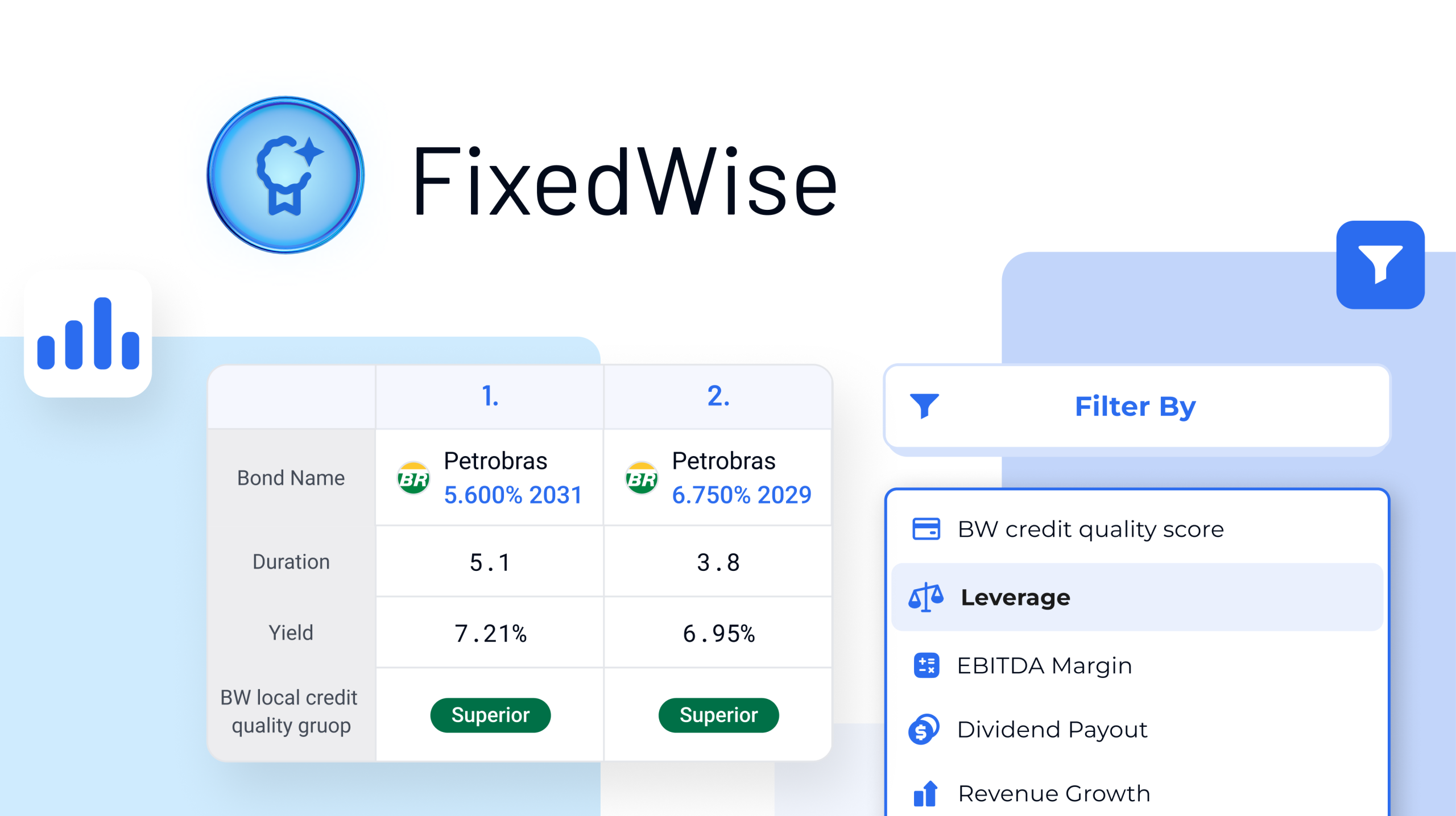
Investment Intelligence for Fixed-Income Assets: Unveiling FixedWise
Globally, bond markets continue to play a massive role in the investment industry, with investors ...

ESG analysis is critical to helping investors find sustainable companies. As we witness sustainability in business become increasingly more valuable to investors, it’s equally important to understand how to evaluate the ESG status of a company. Fortunately, there is an established set of tools that makes it easier to examine these organizations and translate recommendations into actionable moves for investors.
A sustainable business is one that has a strategy to minimize its negative environmental and social effects. The trending investor interest in such companies is part of an overall increase in awareness connected to “Global Stewardship”. As an added perk, firms like McKinsey state that sustainable companies make good investments.
This sector has seen impressive growth over the past few years. Stock exchanges the world over have indexes of these companies, while Bloomberg projects that their global assets will reach a value of $40 billion by 2030.
To analyze these equities, three “pillars” have been established as a way to delineate and describe the behavior of sustainable companies:
Despite its rapidly growing popularity, the ESG investment market can be confusing for institutions and investors. As an officially recognized concept, ESG has only been around since 2004. You might even be hard pressed to find a retail investor who has heard the term; only 26% of European and 47% of Asian retail investors know about it.
This reflects the information gap between institutions and their investor clients. Easy access to ESG equities is limited by the general fact that almost half of global stock values are accounted for by only two exchanges, both of which are in the US. In other words, the vast majority of ESG-focused companies are not on the exchanges that are normally looked at, or covered by most analysts. To complicate matters, lesser-known investments produce statements in languages other than English.
Another consequence of ESG’s newness is that its reporting standards are not exactly that. A lack of consistency across companies and industries means that comparing investments becomes more difficult. This is true not only between individual companies, but across regions as well, because different ESG metrics are used in the US, EU, APAC, and so on.
And so, whereas traditional public financial statements are subject to GAAP and IFRS, ESG reports might be composed using numerous frameworks. In fact, according to the International Federation of Accountants, 87% of companies use a mix of ESG standards for reporting. These include:
Let’s expand on the three categories of ESG to get a sense of what data is included where:
Environment
This covers the effects that the company has on the environment. It looks at the resources that a company uses in its operations and how this affects not only the local environment but conditions across the world. This makes sense, for example, when considering that a manufacturer receives parts from overseas that require fuel-burning ships to deliver.
Social
Social factors examine the relationships between the organization and its stakeholders, including business partners, suppliers, customers, and the local community. Social analysis might also look at employee relations and participation in human rights issues.
Governance
Governance covers the internal policies and processes used to promote ethics, compliance, and security. An ESG report tends to examine areas such as cybersecurity measures, data privacy, adherence to tax laws, and the way in which board members are chosen.
Sounds a bit messy? It can be, but innovative financial companies have developed AI-based solutions that make ESG analysis more accessible and easier to understand. Part of this is powered by machine learning algorithms to process massive amounts of financial statement data, regardless of language or ESG framework. Because a fundamental aspect of stock performance is ratio analysis, AI reviews years (and even decades) of information in order to reveal trends. All of this analysis is then processed by generative AI into text, numerical, and graphical formats that can be understood easily and used to make recommendations. The result is:
Discover how ESG investing can happen for your institution today. Get in touch with us to find out how!

Globally, bond markets continue to play a massive role in the investment industry, with investors ...

By Gaby Diamant, BridgeWise CEO Earlier this month, Time Magazine named the “ Architects of AI ...

The Customer Japan Exchange Group (JPX) is one of the world’s leading financial ...